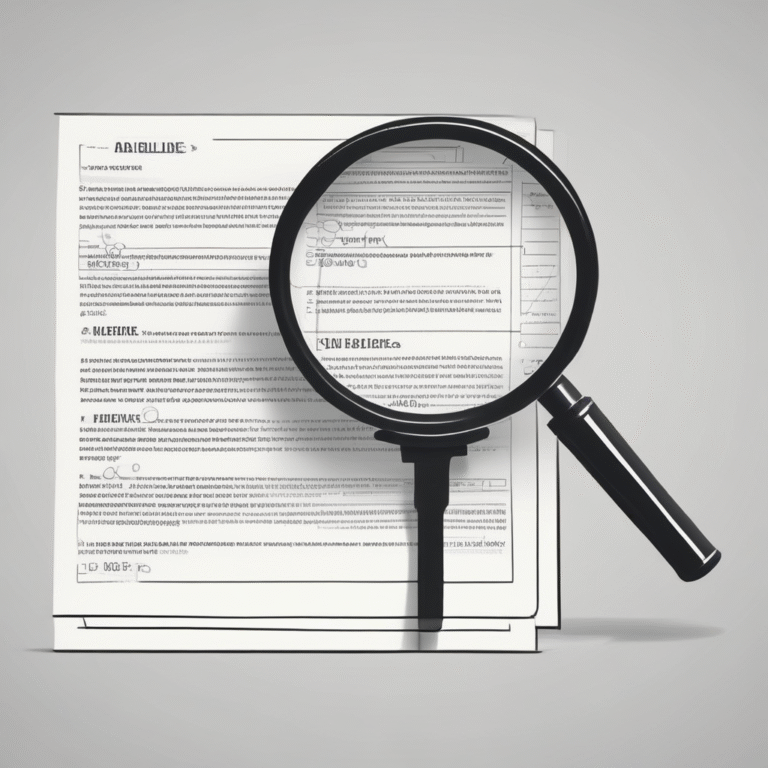Nine Steps to Achieving AI Governance
As organizations increasingly harness the transformative potential of artificial intelligence (AI), a critical realization has emerged: effective AI governance is essential for scaling AI safely. This article outlines a practical framework for AI governance, emphasizing the integrity, accountability, and security of the data ecosystems that fuel AI models.
AI governance is not merely about imposing restrictions on models; it involves ensuring the reliable management of data that powers these systems. Without robust governance, organizations face numerous risks, such as:
- Exposing sensitive content to unauthorized users
- Propagating mislabeled or outdated data
- Generating outputs that create new risk vectors
- Failing to comply with regulations like HIPAA, GDPR, and PCI
As AI governance frameworks evolve, understanding how to implement these frameworks effectively becomes paramount. Below are the nine essential steps for organizations to establish robust AI governance:
1. Discover & Classify
Governance begins with understanding the data landscape. Organizations often struggle to identify:
- Locations of sensitive data
- Business-critical data used in AI workflows
- Stale, duplicative, or misclassified data
Employing a data security governance platform that autonomously discovers and classifies all data types—structured, unstructured, cloud, and on-premises—is crucial.
2. Enforce Data Governance Policies
Once data is classified, enforcing governance policies is essential. This includes:
- Access controls
- Data residency requirements
- Internal and external data sharing protocols
Solutions with built-in remediation workflows can automate adjustments to sharing settings and data permissions.
3. Monitor & Audit Data Usage
Effective governance is a continuous process. Organizations must monitor:
- Data flows
- User access behaviors
- AI usage patterns
Real-time monitoring can help generate audit logs and alerts, integrating with security information and event management (SIEM) systems.
4. Establish Accountability and Roles
AI governance requires cross-functional collaboration. Establishing a centralized data risk dashboard with role-based access to governance insights can facilitate accountability across security, IT, data governance, and compliance teams.
5. Implement Data Loss Prevention (DLP)
Mapping classified data enhances DLP systems. Proper classification can reduce false positives and improve the effectiveness of alerts related to unauthorized data usage in AI.
6. Ensure Regulatory Compliance
Organizations must navigate multiple evolving regulations. A robust governance platform can assist in meeting data security and privacy mandates, providing automated remediation and audit-ready reports to ensure compliance with regulations like HIPAA, PCI, and GDPR.
7. Integrate with AI Governance Tools
Tools such as Microsoft 365 Copilot and SharePoint are essential for managing AI-generated or accessed content. Organizations should utilize tools that scan and classify AI-generated content, verifying permissions and flagging risky access.
8. Train and Educate Teams
AI governance transcends platform implementation; it requires active practice. Continuous training with real-time insights and policy design is vital for maintaining effective governance.
9. Continuously Improve
Organizations should partner with vendors committed to ongoing improvement of their solutions. This includes expanding integration ecosystems and assisting in policy tuning based on feedback.
Final Thoughts
AI is not merely another IT initiative; it represents a new operational layer. Organizations must be prepared to embed AI governance into their core operations to navigate the complexities of AI safely.










